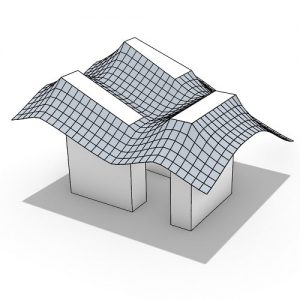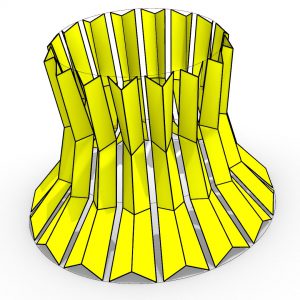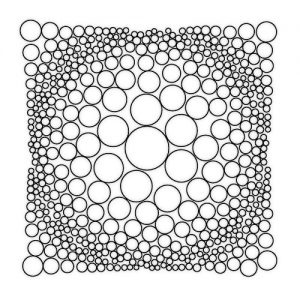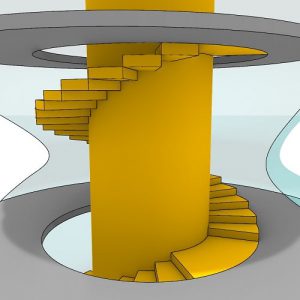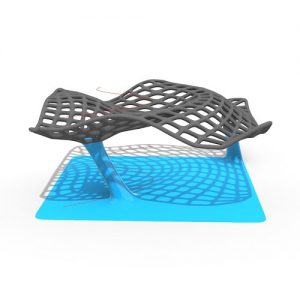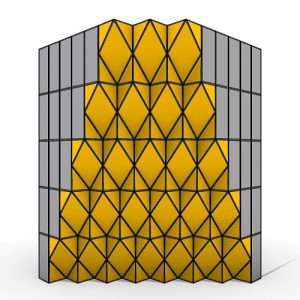 When it comes to mastering a programming language, it’s all about nailing the fundamentals and then diving into hands-on examples. That’s exactly what we’ve bundled together for you in our Grasshopper Course.
When it comes to mastering a programming language, it’s all about nailing the fundamentals and then diving into hands-on examples. That’s exactly what we’ve bundled together for you in our Grasshopper Course.
Here’s our simple 3-step method for a smooth Grasshopper journey:
- – Start with the ‘Basics’
- Move on to the more ‘Geometry’-focused themes.
- And when you’re ready, challenge yourself with the ‘Advanced’ topics.
- Checkout the Extra section for additional Lessons & Tutorials
Happy learning!”



